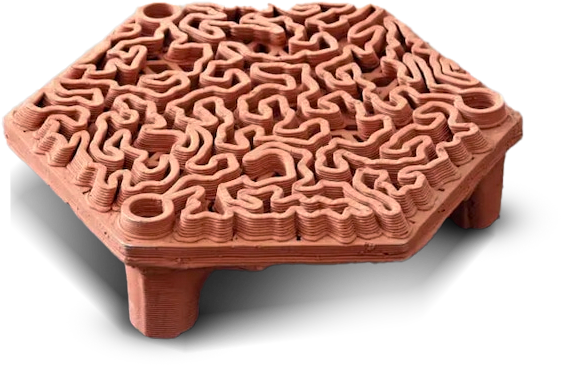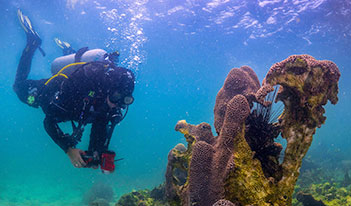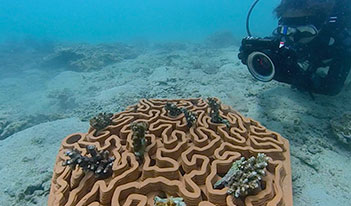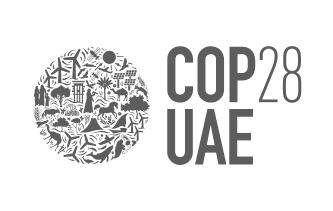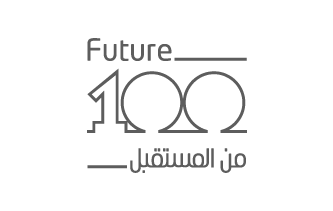
Coral Reef Restoration
Since 1950, the world has witnessed the loss of 50% of its coral reefs. Scientists warn that if no action is taken, 90% of these vital ecosystems will disappear by 2050. The restoration of coral reefs is not only crucial for preserving marine biodiversity but also essential in achieving the United Nations Sustainable Development Goals, which emphasize the importance of protecting our oceans and marine life.
Some of the major threats facing coral reefs:
Climate change can cause coral bleaching and damage the structural integrity of coral reefs due to rising sea temperatures and ocean acidification.
Overfishing of herbivorous fish can lead to an overgrowth of algae that may smother and kill coral reefs. This occurs because these fish play a crucial role in maintaining the health of coral ecosystems by grazing on algae.
Coastal development, such as land reclamation, can alter water quality and increase sedimentation, which can harm coral reefs.
Pollution from urban and agricultural runoff can introduce fertilizers and chemicals into the marine environment, harming coral reefs in the process.
